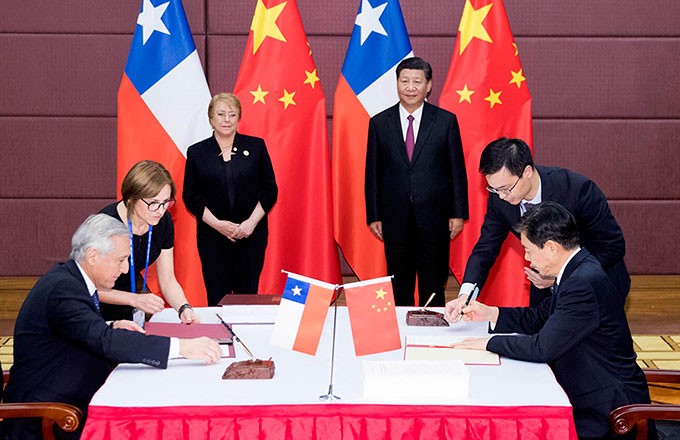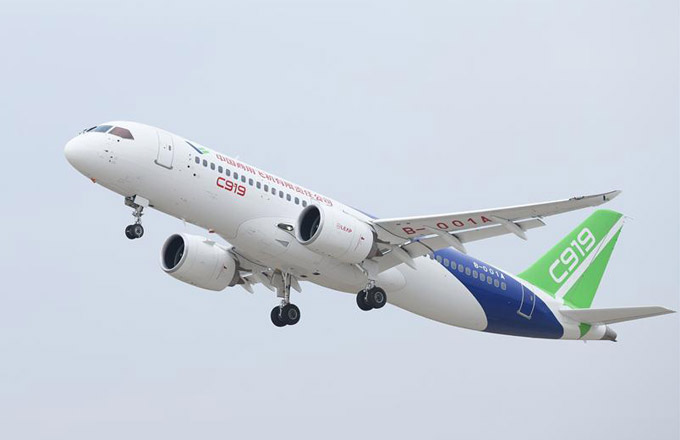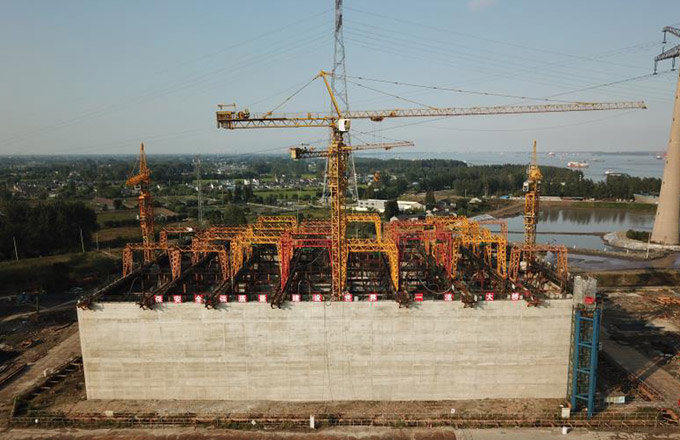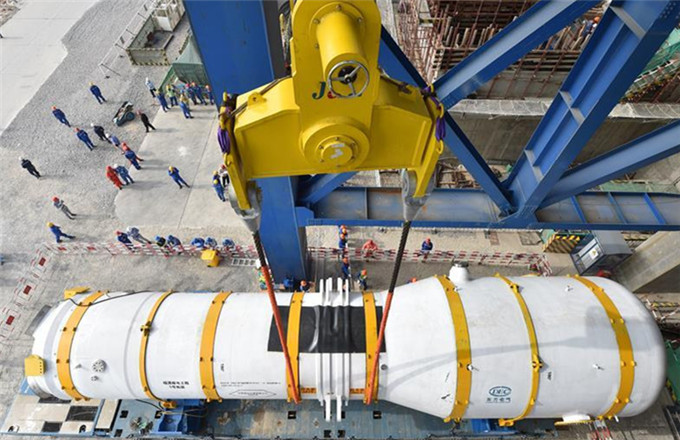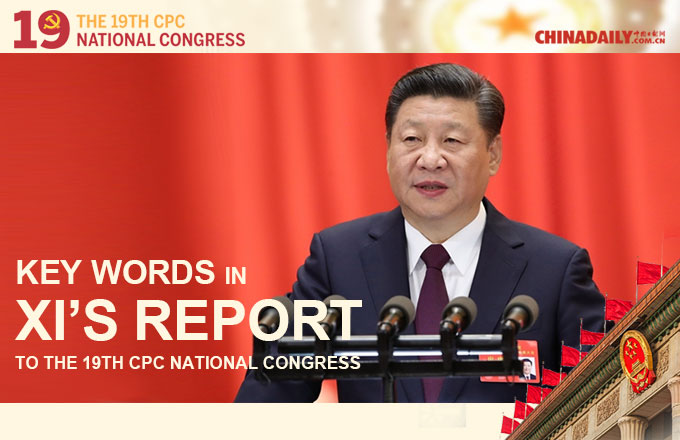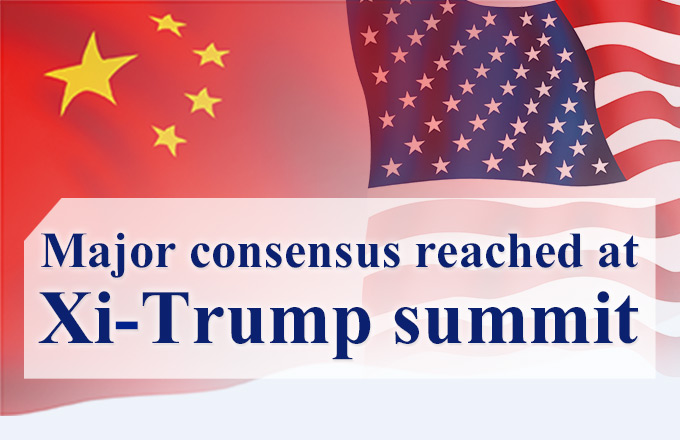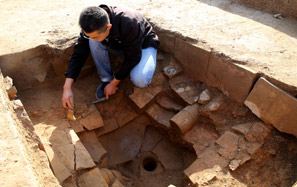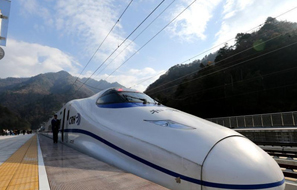Xi's vision of 'community with shared future' charts course for APEC integration
BEIJING -- The 2017 Asia Pacific Economic Cooperation (APEC) Leaders' Week is currently underway in central Vietnam's city of Da Nang.
The theme "fostering new dynamism, creating a shared future," echoes the idea of "building a community with a shared future for humankind" championed by Chinese President Xi Jinping, who will travel to the Vietnamese port city to attend the annual APEC Economic Leaders' Meeting on Nov. 10-11.
Integrating Asia-Pacific and ensuring free trade within the region has been at the core of APEC's mission since its establishment in Canberra, Australia 28 years ago. Though oceans apart, the member economies have endeavored in the past decades to achieve economic integration for sustainable growth and prosperity in the region, which boasts the world's two biggest economies and takes up 60 percent of total global gross domestic product (GDP) and half of global trade.
However, the commitment is easier said than accomplished, especially in today's world where humanity is witnessing profound transformation and facing numerous challenges and risks. Against such backdrop, Xi announced China's proposition to build a community with a shared future for mankind and achieve shared and win-win development in a keynote speech at the UN Office at Geneva in January.
Such proposition could also enlighten and guide the development of the Asia-Pacific, as thoughts and words are turned into concrete actions benefiting regional countries.
BELT&ROAD INITIATIVE FOR INTER-CONNECTIVITY
The Belt and Road Initiative, which comprises the Silk Road Economic Belt and the 21st Century Maritime Silk Road, well illustrates the philosophy and vision of a shared future for humankind. It aims to build trade and infrastructure networks connecting Asia with Europe and Africa via overland and maritime routes, with a large part within the Asia-Pacific.
Experts say the initiative has been actively promoting the development of infrastructure through the APEC region, strengthening tangible connections among members so as to ensure further integration.
"The Belt and Road Initiative is a key program to increase connectivity within the region, and between the region and the rest of the world," said Jayant Menon, a lead economist from the Asian Development Bank. "Trade costs are directly related to the level of connectivity, and as these costs come down, integration is certain to rise."
Mey Kalyan, senior advisor to the Supreme National Economic Council of Cambodia, said the initiative links well with the Master Plan on Connectivity of the Association of Southeast Asian Nations (ASEAN), which would create vast opportunities for regional cooperation and serve as engines for future development and prosperity.
Apart from linking trade and infrastructure construction, the Belt and Road Initiative has also increased people-to-people exchanges, said Oh Ei Sun, special adviser for International Affairs of Malaysia's Asian Strategy and Leadership Institute.
"With the United States rapidly retreating into protectionism and isolationism, we look forward to Chinese leadership in pushing forward the free trade agenda," he added.
"At the Belt and Road Forum in Beijing in May, President Xi and others have made clear that China was opening an invitation for others to find a pathway forward for the agenda for investing in connectivity," noted Peter Drysdale, head of the East Asian Bureau of Economic Research and East Asia Forum at the Australian National University.
Countries involved should press ahead with the agendas, such as infrastructure construction and the Asian Infrastructure Investment Bank, to play "a mutually beneficial game," he said.
PROMOTING FREE TRADE AMONG APEC MEMBERS
The idea of a shared future for mankind also contains a commitment that China is making to globalization and multinationalism, which is essential for the trade among APEC members, and is in accordance with the common interest of humanity.
"The commitment to multilateralism seemed to have been lost in recent years in industrialized countries," Drysdale said, warning that if many of the countries don't assert the principle strongly, "the whole rationale upon which the East Asia and Asia Pacific economic prosperity is based will be under threat."
Experts say China's persistence in promoting multilateralism is worthy of praise. "China has been a major proponent of multilateral free trade," said Menon. "As the world's largest trading nation, it has everything to gain from preserving multilateralism."
The establishment of the Free Trade Area of the Asia-Pacific (FTAAP) proves China's determination in pushing forward an open and integrated economy within the APEC. The FTAAP was launched at the 2014 APEC Economic Leaders' Meeting in Beijing with the endorsement of a roadmap. A collective strategic study was conducted subsequently and the result was approved at the APEC meetings in Lima, Peru in 2016.
The FTAAP would become the world's largest free trade zone and would serve as a comprehensive and effective institutional framework for regional integration," said Liu Chenyang, director of APEC study center in Tianjin-based Nankai University.
A report from the Pacific Economic Cooperation Council has estimated that the FTAAP, when realized, will add 2.4 trillion U.S. dollars to the global economy.
"FTAAP, as a long-range objective for market integration of the Asia-Pacific region, is bound to be welcomed by the majority of countries in the region," said Jin Jianmin, senior fellow at Fujitsu Research Institute in Tokyo.
As President Xi said at last year's APEC Summit in Lima "for any regional trade arrangement to gain broad support, it must be open, inclusive and beneficial to all."
He also told global leaders that the FTAAP is a "strategic initiative critical for long-term prosperity of the Asia-Pacific."
- Xi Jinping et Donald Trump assistent à un spectacle de l'Opéra de Pékin à la Cité interdite
- Xi Jinping Thought on Socialism with Chinese Characteristics for a New Era introduced to Cambodian university students
- Xi Jinping et Donald Trump à la Cité interdite
- Full text of Xi Jinping's report at 19th CPC National Congress
- Xi urges Abe to take more practical actions to improve China-Japan ties
- Xi sheds new light on Asia-Pacific cooperation
- Xi, Bachelet witness upgrade of China-Chile FTA
- Full text of Xi's remarks at Session I of APEC Economic Leaders' Meeting
- Xi attends APEC Economic Leaders' Meeting in Vietnam






